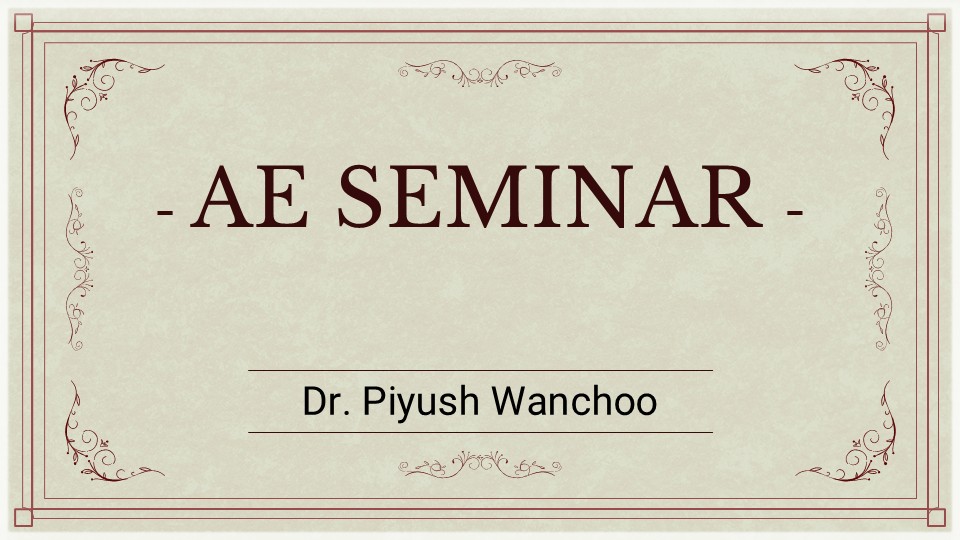
Hybrid Event
- This event has passed.
From Shock to Shield: Designing Materials for Space, Defense, and Beyond
November 10 @ 4:00 PM - 5:00 PM
Hybrid Event

The next frontier of materials innovation lies in designing systems that not only survive but thrive under harsh environments. From hypersonic vehicles and next-generation defense systems to lunar construction and in-space manufacturing, the demand for ultra-lightweight, high-strength, and resilient materials has never been greater. Yet, our ability to understand and design materials that endure such conditions remains limited by slow, expensive testing and computationally intensive models ultimately leading to a lack of physical understanding of mechanical response. In particular, data describing how materials deform and fail under ultra-high strain-rate loading conditions which are typical of aerospace and defense structures—are exceptionally scarce. As a result, materials development has relied on costly, well-established systems; but the emergence of commercial space and reusable aerospace structures now demands a new generation of high-fidelity insights into material behavior under dynamic extremes.
In this talk, I will introduce a new data intensive high-throughput experimental framework for probing material behavior under extreme dynamic loading. At its core is an automated laser-driven micro-plate impact platform that enables rapid, cost-effective measurement of key material properties under shock loading. For the purpose of this talk we will in particular look at the Hugoniot Elastic Limit (the onset of plasticity under uniaxial strain loading) and spall strength (the threshold for dynamic fracture) of metals, when subjected to ultra-high strain rate impacts (10^6 to 10^7 /s). Traditionally, these properties required large-scale, single-shot experiments; this new approach achieves them with statistical richness and precision, dramatically accelerating the rate of materials discovery for extreme environments. Using this dataset, I will discuss how loading kinetics, microstructure, and composition govern material performance, and how transforming a data-scarce field into a data-rich one enables AI-driven approaches such as active learning and Bayesian optimization for autonomous extreme-mechanics experimentation.
Looking ahead, integrating this data-rich experimental capability with AI-driven modeling and automation opens a pathway toward physics-informed design principles for lightweight alloys, ceramics, and architected composites. In the near term, this framework will shorten material certification cycles for hypersonics and spacecraft, rapidly and cheaply explore a wide range of potential materials solutions; in the long term, it will enable data-driven design of resilient materials for aerospace, defense, energy applications and beyond. By uniting experimental mechanics, data science, and materials design, this work lays the foundation for a new era of adaptive, high-performance materials engineered for extremes.
Speaker : Dr. Piyush Wanchoo
Biography:
Dr. Piyush Wanchoo is a Postdoctoral Fellow at Johns Hopkins University’s Hopkins Extreme Materials Institute (HEMI). His research focuses on understanding how materials behave under extreme conditions such as shock, impact, and blast loading. He develops high-
throughput, AI-integrated experimental platforms that enable rapid, data-driven discovery of material solutions for aerospace, defense, and space applications.
Dr. Piyush Wanchoo is a Postdoctoral Fellow at Johns Hopkins University’s Hopkins Extreme Materials Institute (HEMI). His research focuses on understanding how materials behave under extreme conditions such as shock, impact, and blast loading. He develops high-
throughput, AI-integrated experimental platforms that enable rapid, data-driven discovery of material solutions for aerospace, defense, and space applications.